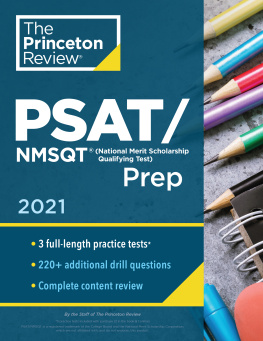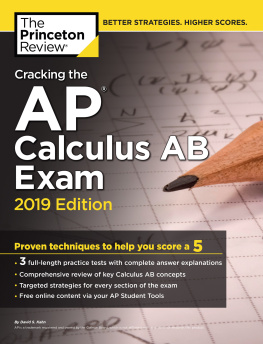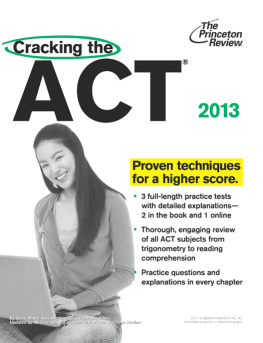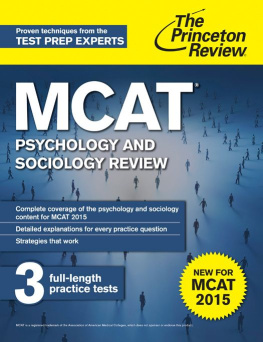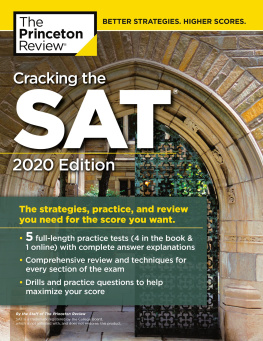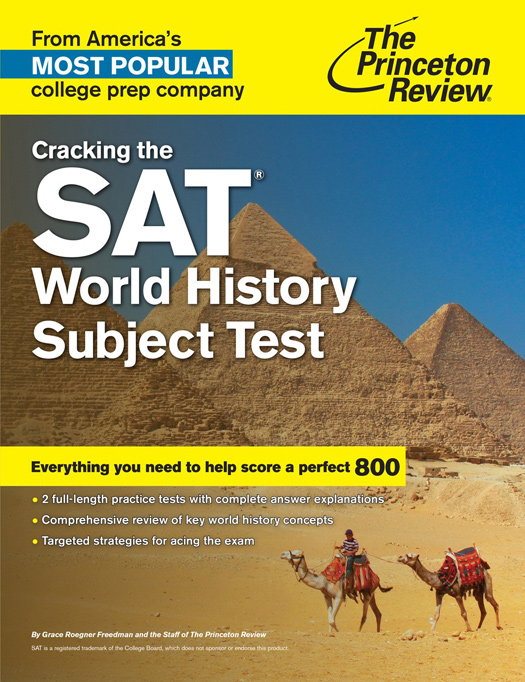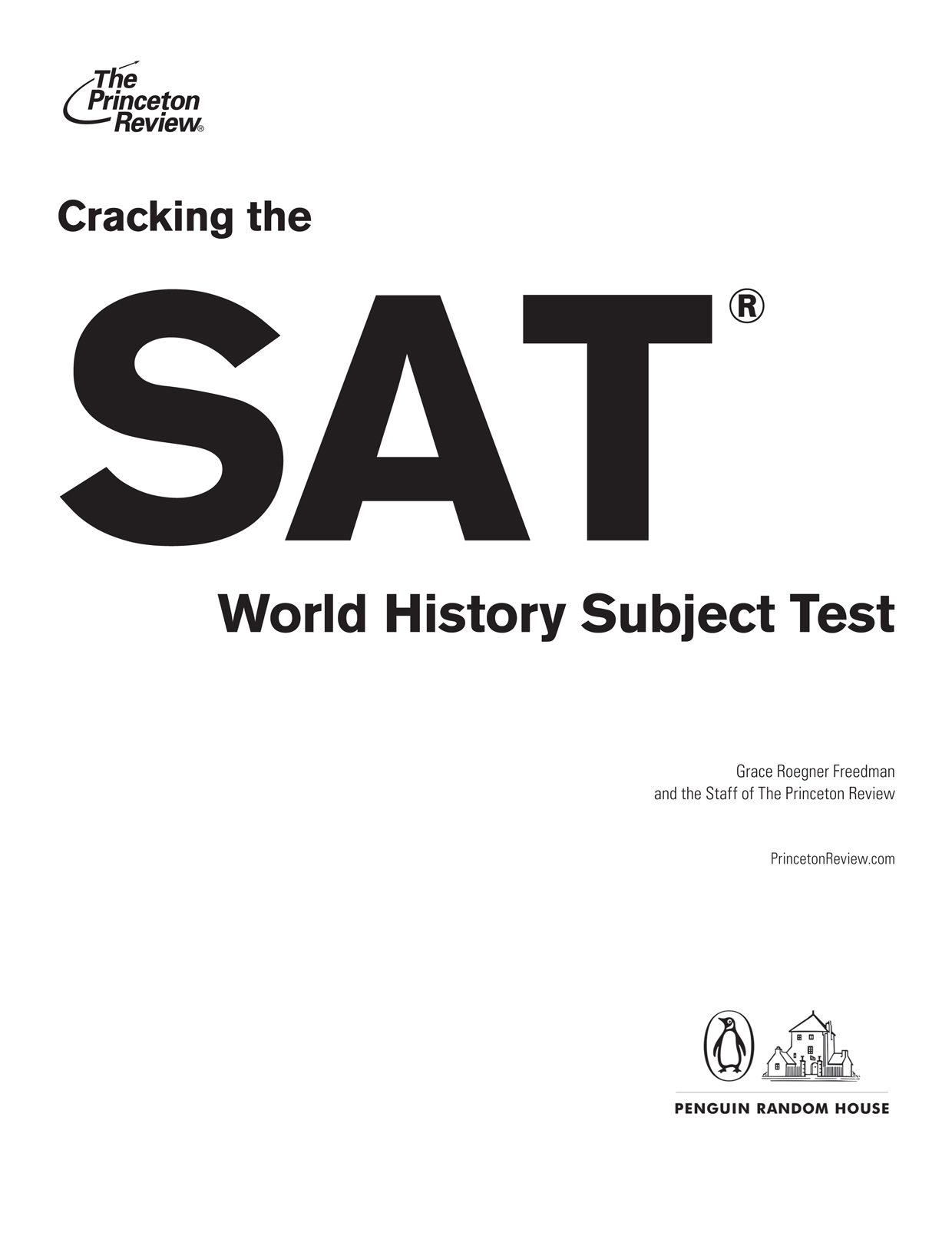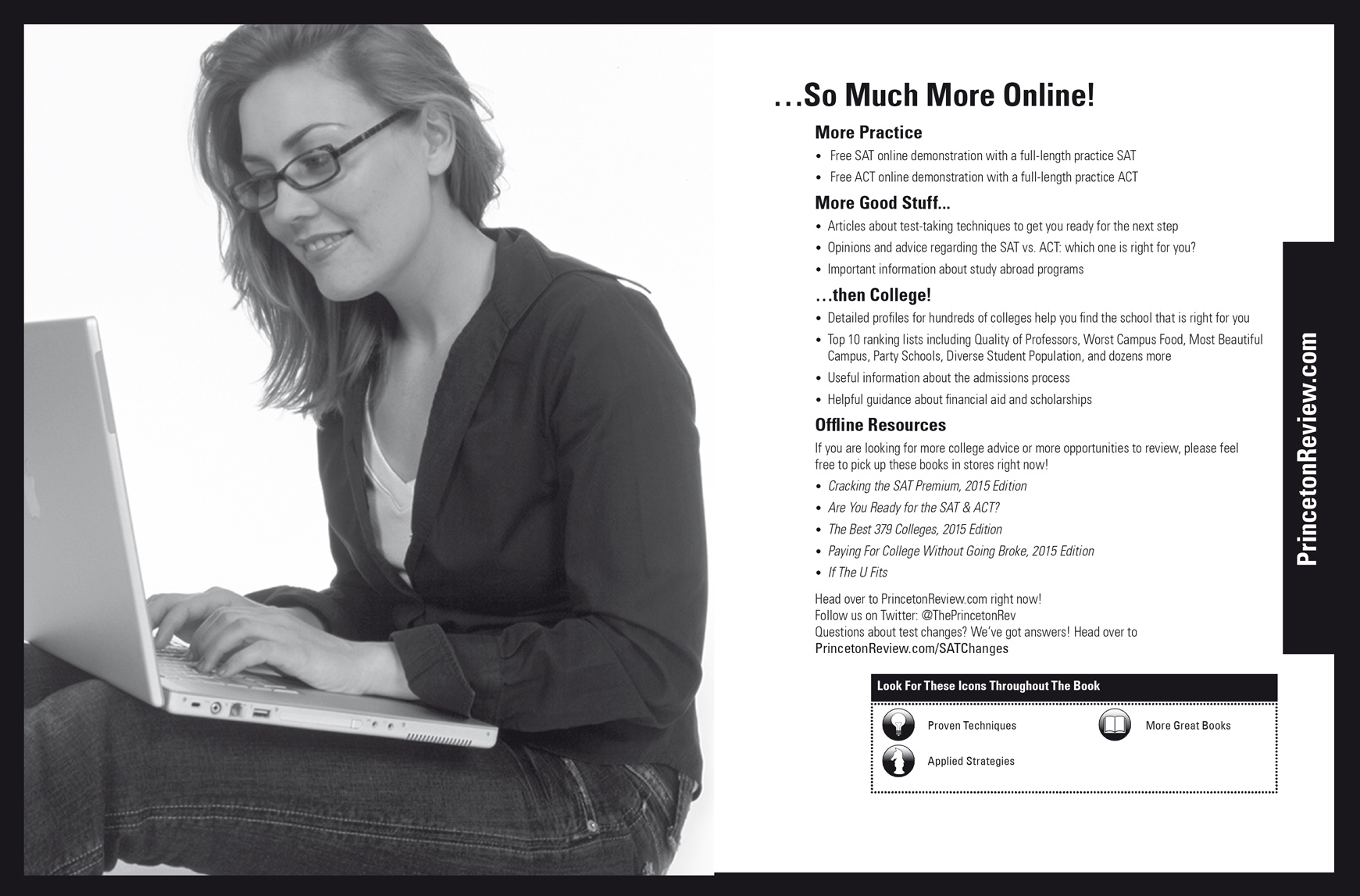Editorial
Rob Franek, Senior VP, Publisher
Casey Cornelius, VP Content Development
Mary Beth Garrick, Director of Production
Selena Coppock, Managing Editor
Calvin Cato, Editor
Colleen Day, Editor
Aaron Riccio, Editor
Meave Shelton, Editor
Orion McBean, Editorial Assistant
Random House Publishing Team
Tom Russell, Publisher
Alison Stoltzfus, Publishing Manager
Melinda Ackell, Associate Managing Editor
Ellen Reed, Production Manager
Kristin Lindner, Production Supervisor
Andrea Lau, Designer
The Princeton Review
24 Prime Parkway, Suite 201
Natick, MA 01760
E-mail:
Copyright 2014 by TPR Education IP Holdings, LLC.
All rights reserved.
Cover art Dan Breckwoldt/Alamy
Published in the United States by Penguin Random House LLC, New York, and in Canada by Random House of Canada, a division of Penguin Random House Ltd., Toronto.
The Metropolitan Museum of Art,
Gift of Heber R. Bishop, 1902 (02.18.309)
Image The Metropolitan Museum of Art
eBook ISBN: 978-0-8041-2575-8
Trade Paperback ISBN: 978-0-8041-2574-1
SAT is a registered trademark of the College Board, which does not sponsor or endorse this product.
The Princeton Review is not affiliated with Princeton University.
Editor: Meave Shelton
Production Editor: Jim Melloan
Production Artist: Deborah A. Silvestrini
v3.1
Acknowledgments
This book would not have been possible without the help, advisement, proofreading, editing, creating, care, love, and support of Michael Freedman.
Additionally, I would like to thank my family, especially my mother, Judith Ruland, and my grandmother-in-law, Florence Freedman. I would particularly like to thank my original inspiration in the field of history, my high school history teacher, Ms. Desta Horner.
For the folks at The Princeton Review, my thanks loom large.
Special thanks to Adam Robinson, who conceived of and perfected the Joe Bloggs approach to standardized tests and many of the other successful techniques used by The Princeton Review.
The Princeton Review would also like to extend special thanks to Dan Komarek, Casey Paragin, and Christine Parker for their contributions to previous editions; Erik Kolb, Zoe Gannon, Candice Benner, and Claudia Landgrover for all their hard work on this edition; and Jonathan Chiu, National Content Director for High School Programs, for his expert guidance.
Contents
Double click on the image to enlarge
Chapter 1
Knowing the Basics
The SAT Subject Tests are a series of one-hour exams developed by Educational Testing Service (ETS) and administered by the College Board. Unlike the SAT, the SAT Subject Tests are designed to measure specific knowledge in specific areas, such as biology, history, French, and math. They are scored separately on a 200800 scale.
How Are SAT Subject Tests Used by College Admissions?
Because the tests are given in specific areas, colleges use them as another piece of admissions information, and, in some cases, to decide whether applicants can be exempted from college requirements. For example, a certain score may excuse you from a basic English class or a foreign language requirement.
Should I Take the SAT Subject Tests?
About one-third of the colleges that require SAT scores also require that you take two or three SAT Subject Tests. Your first order of business is to start reading those college catalogs and websites. College guidebooks, admission offices, and guidance counselors should have the information you need to keep up with the changes.


Check out The Princeton
Reviews entire series of
review books for the
SAT Subject Tests.
As to which tests you should take, the answer is simple. Take the SAT Subject Tests
on which you will do well
that may be required by the colleges to which you are applying
The best possible situation, of course, is when you can achieve both goals with the same subject test.
How Many Should I Take?
Some colleges have specific requirements; others do not. Again, start asking questions before you start taking tests. Once you find out which tests, if any, are required, determine which will show your particular strengths. Colleges that require specific tests generally recommend that you take two subject tests from the following five groups: laboratory science, history, foreign language, math, and English.
Unlike the SAT, your performance in the corresponding school courses IS a fairly decent indicator of which SAT Subject Tests in which you will perform best. This doesnt mean its a perfect correlation, as any standardized test can be beaten with the right techniques that should be sort of why you bought this book.
We at Princeton Review believe if a college says a SAT Subject Test is recommended, it should mean required to you. Keep this in mind as you do your research. So, if a college were to say 2 required and 1 recommended, it means 3 required if you want to show that college your level of seriousness and commitment.
When Should I Take Them?
You can take from one to three subject tests per test date in October, November, December, January, May, and June. Not all subjects are offered at each administration, so check the dates carefully. The SAT World History Subject Test is only offered in June and December.
So When Should I Take the SAT World History Subject Test?
The short answer is: when youre prepared. However, here are some general guidelines.
Take the June administration when
you have just completed a full-year course in the same school year
Take the December administration when
you are looking to improve upon your June SAT World History Subject Test score
you have just completed a half-year World History course in the same term


